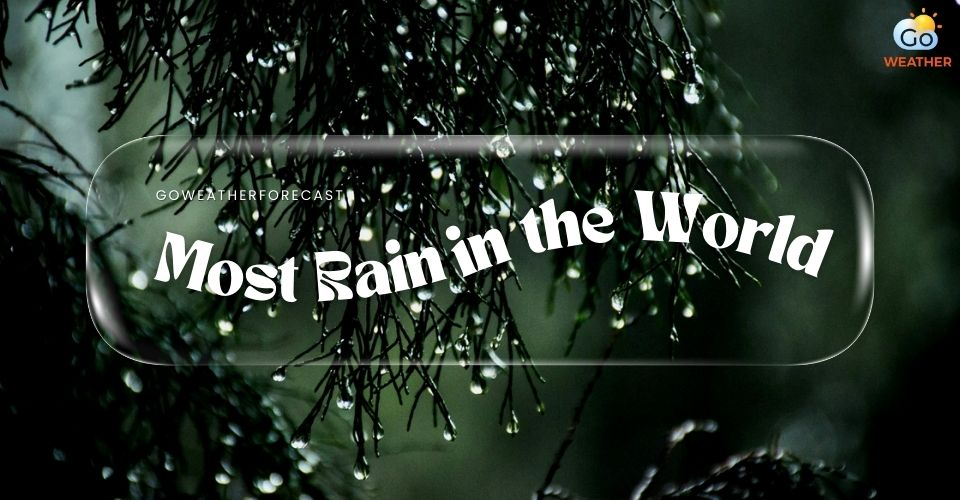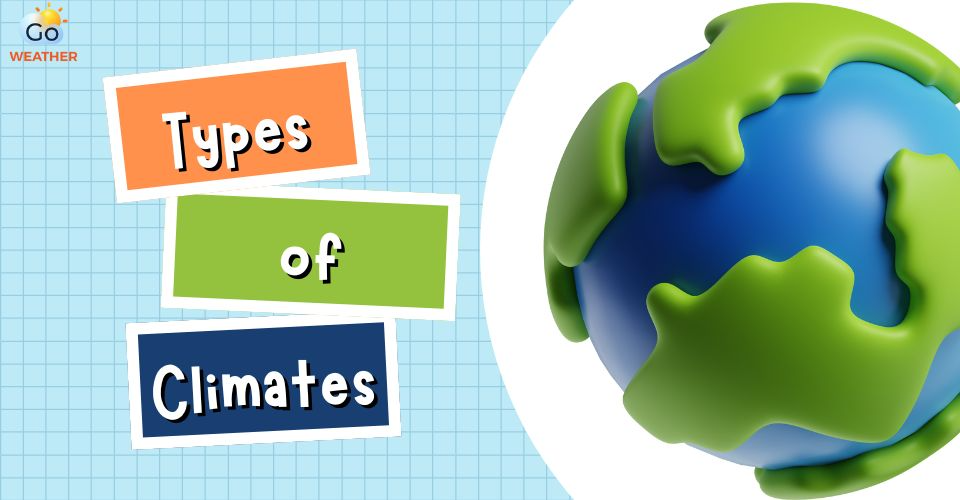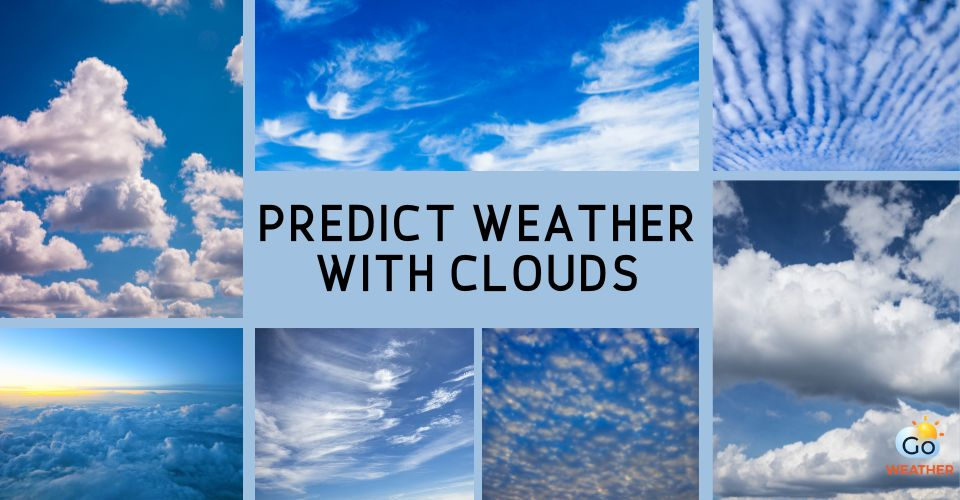Different Types of Natural Disaster You Should Know [Fully Explained]
There are various types of natural disaster, and thousands of people die from them annually. Even while many natural catastrophes have become more common due to climate change, we now have access to more information, better warning systems, and a wider range of resilience strategies than ever before. Getting educated is the first line of defense against these frequently breathtaking natural occurrences. In light of this, we have compiled a brief overview of some of the most significant natural catastrophes that have occurred worldwide.
.jpg)
Different types of natural disasters with explanation
Drought
A drought is a natural phenomenon caused by below-average precipitation in a specific area, resulting in sustained water source deficits, whether atmospheric, surface water, or groundwater.
A drought can last months or years, or it can be proclaimed after just 15 days.
Annual dry seasons in the tropics raise the possibility of a drought, resulting in bushfires. Heatwaves can exacerbate drought conditions by hastening the evaporation of water vapor.
In fact, many factors may cause droughts to happen.
First, they occur when there is a high level of reflecting sunlight and an above-average proliferation of high-pressure systems, winds carrying continental rather than oceanic air masses, and ridges of high-pressure regions aloft, which can inhibit or limit the development of thunderstorm activity or rainfall over a specific location.
.jpg)
A drought can last months or years
Second, droughts are more common during the dry season, which is distinguished by low humidity and the drying up of watering holes and rivers.
El Nino weather also causes the movement of warm water from the Pacific to the south of its neutral position.
This effect leads to drier and hotter weather in many areas, such as the Amazon River Basin, Colombia, Central America, Africa, Southeast Asia, and Northern Australia etc.
Erosion and human activities may also cause droughts. Over-farming actions of humans cause erosion to the land and influence the land's ability to catch and keep water.
Earthquake
One of the common types of natural disasters is the earthquake. It occurs when there is a sudden, quick shaking of the ground, causing fires, tsunamis, landslides, or avalanches.
An earthquake can occur anywhere; however, some of the areas that are often experiencing it are Alaska, California, Hawaii, Oregon, Puerto Rico, Washington, and the entire Mississippi River Valley.
.jpg)
The earthquake is a sudden, rapid shaking of the ground
Earthquakes are typically triggered when underlying rock abruptly fractures around a fault. This abrupt release of energy causes seismic waves that shake the earth.
When two pieces of rock or two plates brush against each other, they hold together slightly. The rocks do not slide smoothly; they catch on to each other. The rocks are still rubbing up against each other, but they do not move.
The earthquake will occur when the rocks break.
Floods & Flash floods
Flooding is the overflow of water onto usually dry land. This natural disaster may occur as a result of heavy rainfall, ocean waves, rapid melting of snow, or the failure of dams or levees.
.jpg)
Floods are the most frequent and severe types of natural disasters
Floods can happen in minutes or overtime, and they can last for days, weeks, or even months. They are the most frequent and severe types of natural disasters.
Flash flooding occurs as excessive rainfall exceeds the ground's capacity to contain it.
They often happen as water fills naturally dry creeks or ponds or when enough water accumulates for streams to overflow their banks, creating sudden increases in water during a brief period.
Hail
Hail is a type of precipitation that consists of solid ice that forms within thunderstorm updrafts. It can cause damage to planes, houses, and automobiles, as well as be lethal to livestock and humans.
When water drops ice together in the cold upper regions of thunderstorm clouds, they become hail. These ice chunks are known as hailstones.
The majority of hailstones range in size from 5 mm to 15 cm in diameter and may be circular or jagged.
► Related: Different types of precipitation and how they form
.jpg)
Hail is a type of precipitation
Hailstones can not be called frozen raindrops. Frozen rain comes as precipitation and then freezes as it gets closer to the ground. Hail simply comes in the form of a solid.
Hailstones are created as layers of water in a vast cloud adhere and freeze. During a hurricane, a frozen droplet falls from a cloud but is forced back up into the cloud by a powerful updraft of wind.
As a hailstone is raised, it collides with liquid water droplets. These droplets then freeze to the hailstone, forming another layer on top of it.
When the hailstone gets too large to float in the cloud, or when the updraft fails or slows, it falls to Earth.
Hurricane
Another hazard type of natural disaster is hurricanes, a powerful weather phenomenon that feeds off the heat of tropical waters to fuel their rage.
These intense storms develop over the ocean, sometimes as a tropical wave—a low-pressure system that passes across the wet tropics, potentially enhancing shower and thunderstorm activity.
.jpg)
Hurricanes are powerful weather phenomena
Warm ocean air rises into the hurricane as it travels westward through the tropics, creating a region of low pressure underneath it. More air rushes in as a result of this.
The weather then rises and cools, resulting in the formation of clouds and thunderstorms. Water condenses and forms droplets in the clouds, releasing still more heat to fuel the storm.
They can occur anywhere along the United States coasts or in any region in the Atlantic or Pacific oceans. Historically, storm surges have led to hurricane-related fatalities in the United States.
► Read more: Predict weather with clouds
Thunderstorm
A thunderstorm, also known as an electrical storm or a lightning storm, is a storm that is distinguished by the presence of lightning and its acoustic effect on the Earth's atmosphere, which is known as thunder.
A thunderstorm is called a severe thunderstorm when it is accompanied by one of these factors below: hail one inch or greater, winds gusting in excess of 50 knots (57.5 mph), or a tornado.
Every year, an estimated 16 million thunderstorms occur worldwide, with about 2,000 thunderstorms active at any given time. Annually, almost 100,000 thunderstorms occur in the United States alone.
Approximately 10% of these progress to extreme stages.
.jpg)
A thunderstorm is a rain shower, and there are thunders during the rain
So, how does a thunderstorm form?
There are three simple ingredients to form a thunderstorm: moisture, rising unstable air, and a lifting mechanism to provide the "nudge."
The sun warms the earth's atmosphere, which in turn heats the air above it.
If this warm surface air is forced to rise—hills or cliffs, or places where warm/cold or wet/dry air bump together will induce rising motion—it can begin to rise as long as it weighs less and remains more frigid than the air surrounding it.
.jpg)
A thunderstorm
When air increases, it transfers heat from the earth's surface to the upper layers of the atmosphere (the process of convection).
The water vapor contained within it begins to cool, releases heat, condenses, and forms a cloud. The cloud gradually rises into regions of temperatures below zero.
When a storm rises into freezing air, freezing liquid drops may form various forms of ice particles.
Ice particles can expand by condensing vapor (similar to frost) and accumulating smaller liquid drops that haven't yet frozen (a state called "supercooled").
Wildfires
Wildfires are one of the common types of fire natural disasters. They are unintentional fires that burn in protected environments such as woodland, grasslands, or prairies.
These destructive fires burn rapidly and have the potential to devastate not only wildfires and natural habitats but also communities.
.jpg)
Wildfires are unintentional fires that burn in protected environments
Fuel, heat, and oxygen are the main factors causing a wildfire. Oxygen is always available in the atmosphere. Anything that burns can be used as fuel, like brush, turf, trees, and even homes. The dryer the fire, the easier it is to burn.
In other words, "a source [of heat] strikes responsive fuel that is dry enough to ignite," according to Lenya Quinn-Davidson, a fire researcher for the University of California Cooperative Extension forestry program in Northern California. In the right circumstances, those three variables are all that is needed to start a wildfire.
Final words
Types of natural disasters can include more names, but not all disasters are mentioned above. They can contain Tornadoes, Tsunamis, Winter and ice storms, Sinkholes, Landslides & debris flow, etc. If you want to look for more information about natural disasters, weather phenomena, don’t forget to visit GoWeather for more details!




![The Importance of Weather Forecast and Wind Direction [Full Guide]](https://admin.goweatherforecast.com/images/1732689783.png)
![What is the Difference Between Storm and Hurricane? [Complete Guide]](https://admin.goweatherforecast.com/images/1732850306.png)






0 Comments
Leave a Comment
Your email address will not be published. Required fields are marked *